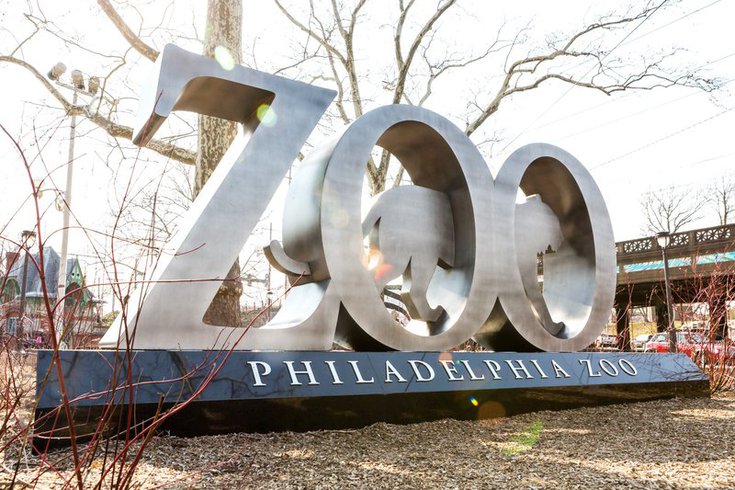
June 15, 2023
 Thom Carroll/for PhillyVoice
Thom Carroll/for PhillyVoice
All five of the Philadelphia Zoo's meerkats died from June 1-12. Their deaths may be linked to a dye used to mark the animals, zoo officials say.
The Philadelphia Zoo is investigating the deaths of its five slender-tailed meerkats, who all died over a span of less than two weeks.
Zoo officials believe the animals may have died after being accidentally poisoned by a dye used to mark them for identification, 6ABC reported. The agricultural dye, called Nyanzol-D, has been used by the zoo for more than 30 years.
MORE: Puppy found with rubber bands around muzzle now ready for adoption at Main Line Animal Rescue
The meerkats were marked with the dye, which is used to differentiate similar-looking animals, on June 1. One of the meerkats was found dead about 30 minutes later, the Associated Press reported.
The four other meerkats started showing signs of illness just minutes later, so veterinary staff anesthetized them and pumped their stomachs. Three of them died within 36 hours; the last one died Monday after being under medical supervision for more than a week.
An internal investigation is ongoing, with necropsy results pending. Officials are trying to determine whether the dye is at fault, whether the animals ingested toxins and whether protocols were properly followed. The zoo has enlisted the aid of the aid of the American Association of Zoos and Aquariums and the U.S. Department of Agriculture.
During the investigation, the zoo has stopped using the dye, which is used on other animals, such as small primates. The dye previously had been used on the meerkats, and none of the other zoo animals are currently sick, zoo officials told CNN.
Slender-tailed meerkats are mammals native to southern Africa and their conservation status is listed as stable by the International Nature of Conservation. In the wild, they live in "mobs" of up to 30 meerkats, and move between underground burrows.
The zoo's meerkats — Nkosi, Lula, Ari, Kgala and Nya — came to Philly about a decade ago and lived in the Small Mammal House. The five siblings often could be seen playing with toys and interacting with one another.
"They are very popular, very charismatic animals with individual personalities," Rachel Metz, the zoo's vice president of animal wellbeing, told 6ABC. "Our staff spend more time with these animals than they do with their own families or even their pets at home. So there's a real legitimate bond they feel with the animals, and obviously they're devastated right now."
Follow Franki & PhillyVoice on Twitter: @wordsbyfranki
| @thePhillyVoice
Like us on Facebook: PhillyVoice
Have a news tip? Let us know.